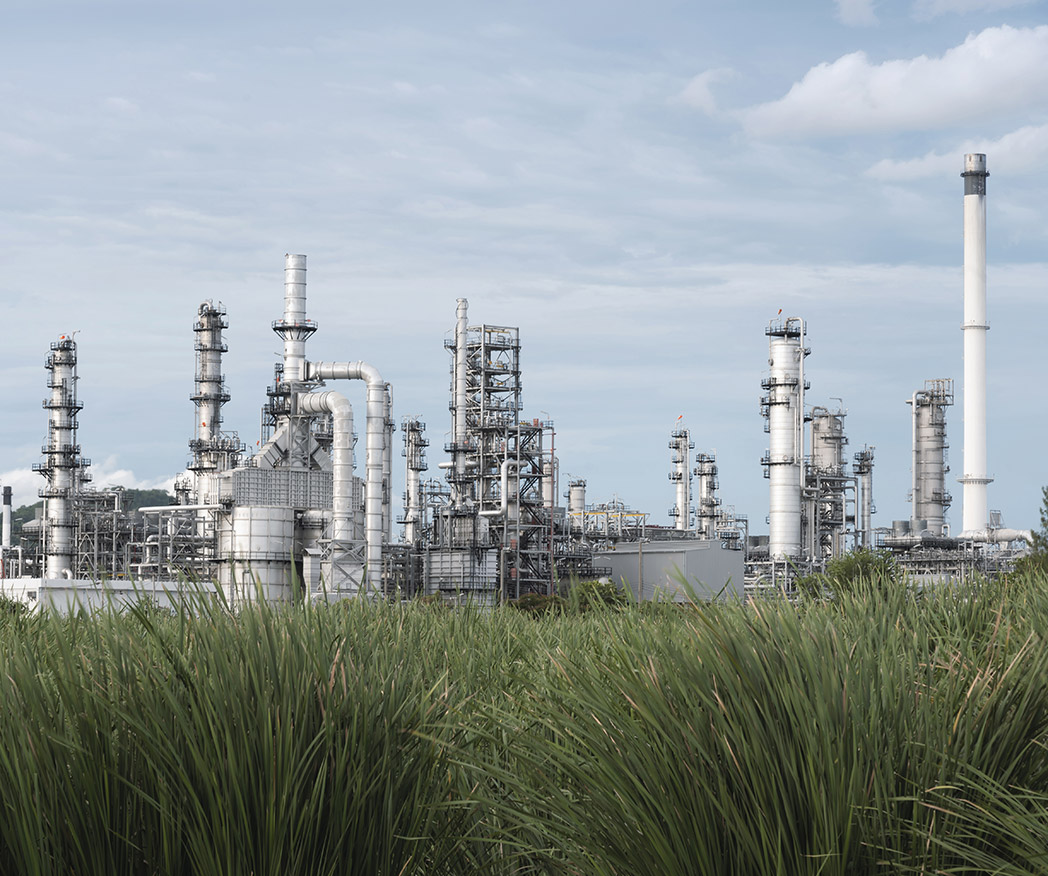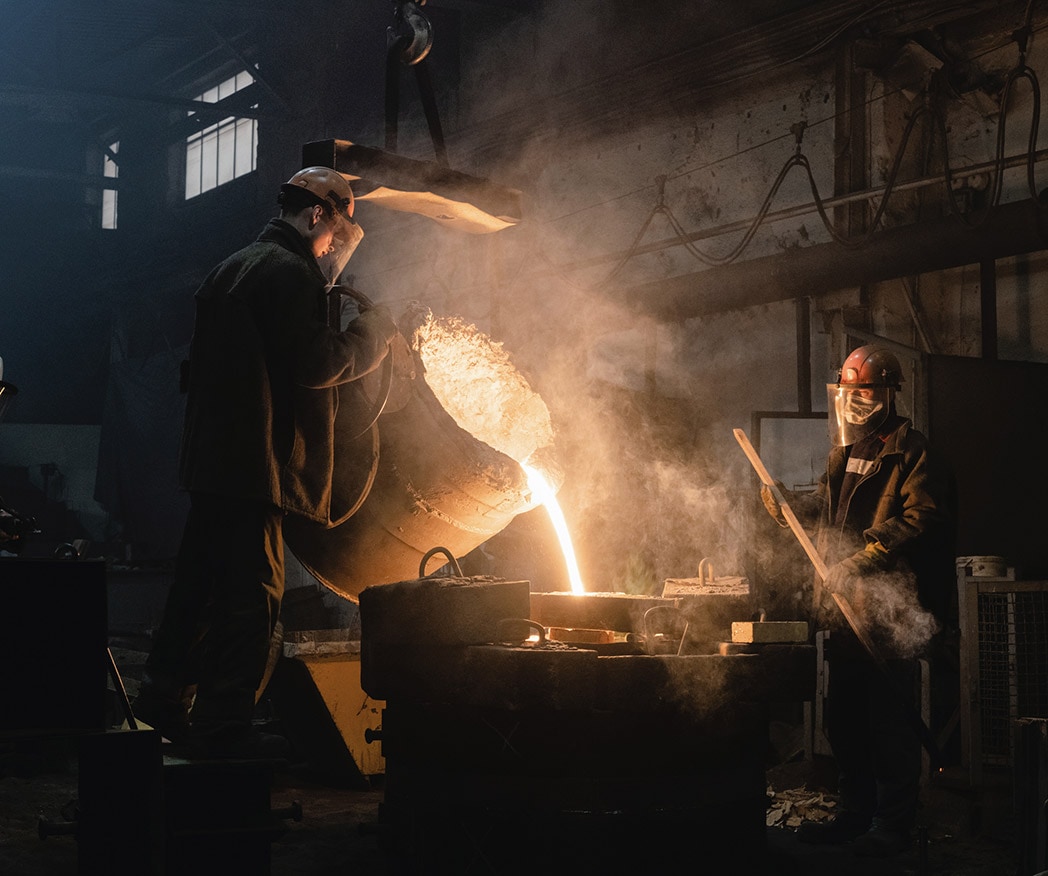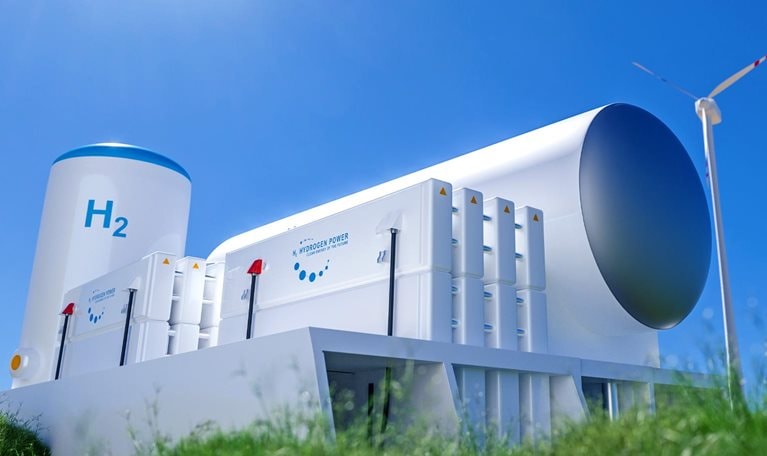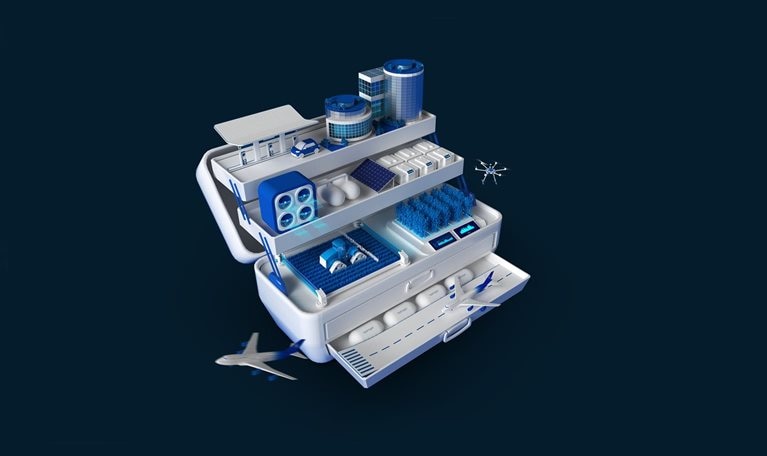THE NINE SECTORS

Power
The momentum: Over the past decade, the costs of renewables have dropped substantially—solar power by as much as 80 percent and wind power by about 40 percent—making them economically competitive with conventional fuels, such as coal and natural gas.
The acceleration: A successful transition to net zero will require meeting increased demand for electricity by scaling up renewable, low-carbon power generation and building enough flexibility in power systems to match supply and demand.

Oil and gas
The momentum: Several oil and gas companies have set net-zero-emissions targets for their operations. Some are already reducing and offsetting their emissions, while others are divesting from high-carbon portfolios and investing in new technologies and businesses, such as hydrogen.
The acceleration: Oil and gas companies have capabilities that may be valuable for parts of a low-carbon energy system, such as access to capital and operational expertise. Leaders can look to frame strategic choices around managing carbon, rebalancing portfolios, and playing to core strengths.

Automotive
The momentum: Sales and planned production of low-emissions cars have surged. By 2035, we project that new passenger-vehicle sales in the largest automotive markets (China, the European Union, and the United States) will be close to 100 percent electric.
The acceleration: To make low-emissions vehicles the new norm, new supply chains and manufacturing capabilities are needed, as well as corresponding infrastructure, such as charging stations and hydrogen fueling stations. Innovations in electrifying heavy vehicles and trucks and developing autonomous vehicles could also help.

Aviation and shipping
The momentum: The two sectors share similar solutions: modernizing fleets and increasing the use of sustainable fuels. Airlines, for example, are developing hybrid-electric, battery-electric, and hydrogen-fuel-cell-electric options for short-haul flights. For shipping, zero-emissions fuel technologies are available but need to be scaled up—and costs need to come down.
The acceleration: Sustainable aviation fuels, which can be produced from forestry waste and other forms of biomass, have the potential to reduce net emissions by as much as 70 to 100 percent versus fossil fuels. One way to accelerate shipping decarbonization is to implement “green corridors”—trade routes between major port hubs where zero-emission solutions are supported.

Steel
The momentum: Many major steelmakers have pledged to go carbon neutral, as demand for green steel is spiking. Some solutions, such as steel produced in mills powered by green hydrogen, could scale up and become cost-effective within the next decade.
The acceleration: A successful transition to net zero will require large-scale investments in technologies, operational advances, new input materials, and a shift to renewable power sources.

Cement
The momentum: Some cement companies have used advanced analytics and other operational tactics to optimize for energy efficiency, while others have experimented with emissions-reducing production methods.
The acceleration: Going forward, the industry could explore alternative energy sources (such as biomass), carbon capture, and digitization of manufacturing.

Mining
The momentum: Raw materials will be at the center of decarbonization efforts—copper for electrification, lithium and cobalt for batteries, for example. Mining companies will be expected to grow faster—and more cleanly—than ever before.
The acceleration: The availability of certain raw materials will need to be scaled up within a relatively short time—in certain cases, at volumes ten times or more than the current market size—to prevent shortages and keep new-technology costs competitive. Sustainable fuels and green electricity, among other solutions, could help decarbonize operations.

Agriculture and food
The momentum: Promising technologies in animal feeding, soil carbon sequestration, and crop fertilization are in development or are already in use. The market for cultivated meats—those grown in bioreactors from animal cells—could become a $25 billion global industry by 2030.
The acceleration: Uptake of zero-emissions farm equipment and machinery—including tractors, harvesters, and dryers—is behind that of electric vehicles, but cost reductions and supportive financing could accelerate adoption.

Forestry and other land use
The momentum: Forests are natural carbon sinks—they absorb CO2 and release oxygen. Preventing deforestation has substantial abatement potential, is cheaper to implement than many other technological or natural climate solutions, and protects people’s livelihoods.
The acceleration: Well-managed reforestation can be used to offset hard-to-abate emissions in sectors such as cement and steel—and it can be done right now. Forest protection and restoration projects could help generate revenue from the sale of carbon credits in carbon markets.






